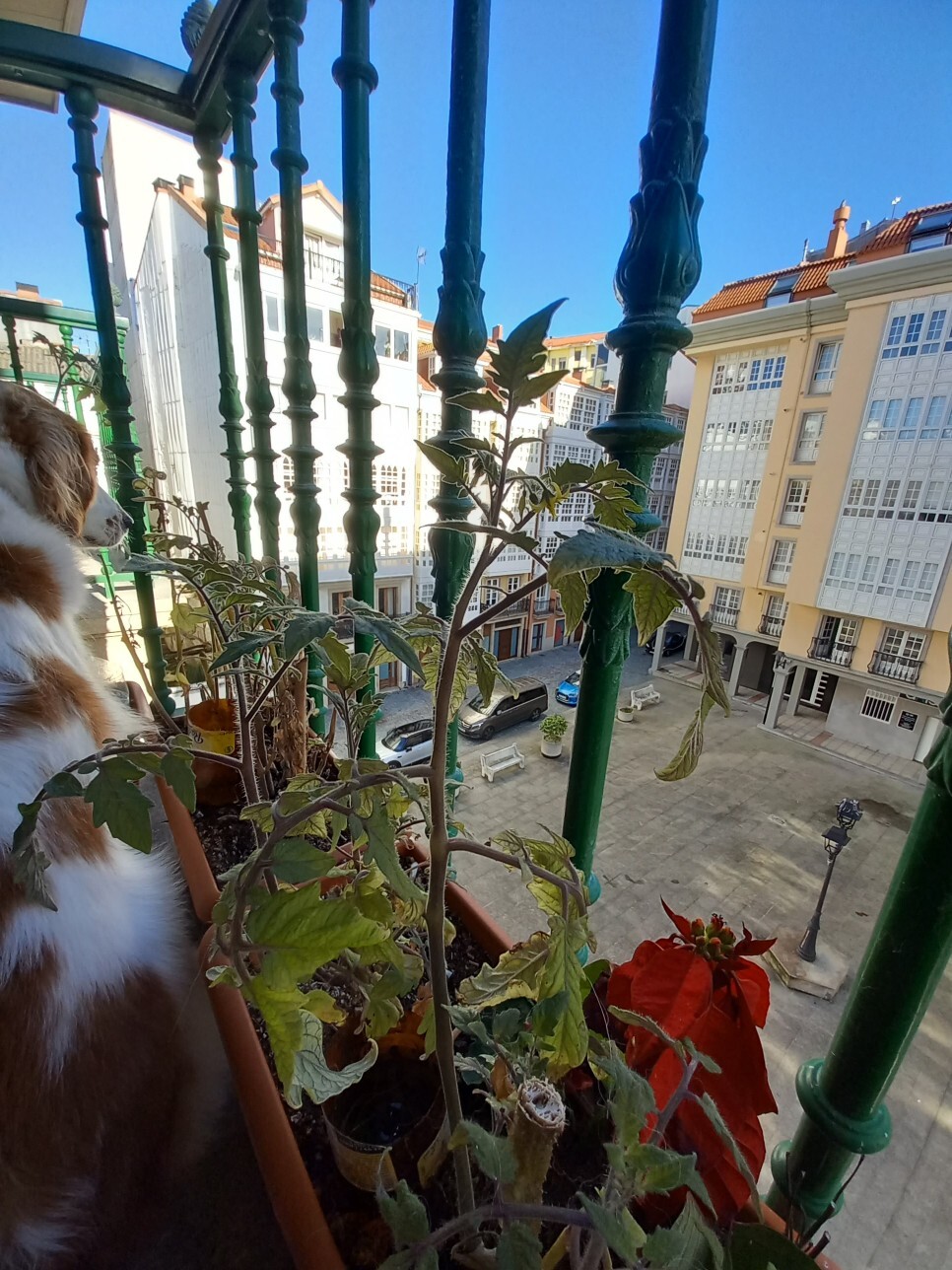Balcony Gardening
Welcome to c/BalconyGardening @ slrpnk.net!
A young community dedicated to balcony gardening.

About
Show off that vertical veggie garden 35 stories high. Or that bucket of potatoes you're proud of. Perhaps some fall mums that have been catching your eye through the sliding door into your living room. Any and all balcony gardens are welcome! Come and show your's off because we love to see it. :)
We also welcome ideas, tips, and items which have helped you in your balcony gardening journey. No balcony? Feel free to join in with your container garden with limited space too!
Notice Board
This is a work in progress, please don't mind the mess.
Resources
Sustainability:

Rules: (interactive)
We respect the basic rules of the SLRPNK server:
be constructive
there is no need of another internet space full of competition, negativity, rage etc.;
no bigotry
including racism, sexism, ableism, transphobia, homophobia or xenophobia;
be empathic
empathy is more rebellious than a middle finger;
no porn and no gore
let’s keep this place easy to manage;
no ads / spamming / flooding
we don’t want to buy/consume your commodified ideas;
occasional self-promotion
by active members is fine.

Related Communities
Sister Communities
Science and Research
Biology and Life Sciences
- !anthropology@mander.xyz
- !biodiversity@mander.xyz
- !palaeoecology@mander.xyz
- !palaeontology@mander.xyz
Plants & Gardening
Physical Sciences
Humanities and Social Sciences
Memes

view the rest of the comments

They definitely can overwinter. And, in your climate that should be possible.
Couple of things:
If you end up with a plant with some viable shoots come January/February and you're not expecting any frost, rooting some cuttings or layering from the original plant can give you viable starts for spring planting. (This probably makes the most sense in your scenario.)
If you plan on starting from seed, most places that sell starts get theirs going first week of January. They have a small seed and take a while, especially in cool weather, to get good enough size for transplant.
The other option is seeding in place, which preserves the native taproot damaged in the transplanting process. This can result in more vigorous plants, but can be challenging in terms of weeding and managing pests. (With you growing on a balcony, the benefits/challenges here might be minimal.)